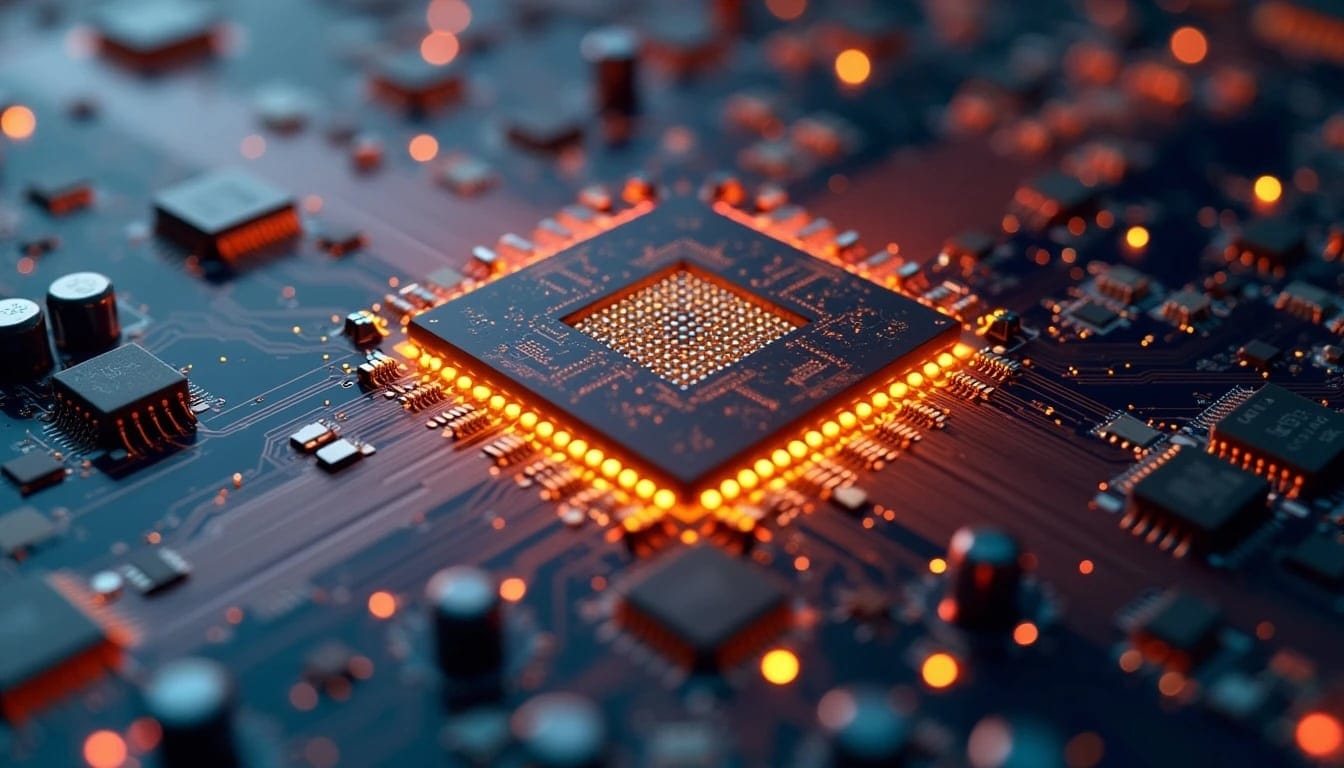The annual report from KPMG and the Global Semiconductor Alliance presents an optimistic outlook for the semiconductor industry in 2025, with a Confidence Index of 59 points (where over 50 indicates a positive sentiment). This optimism is fueled by projected growth in revenue, research and development (R&D), and workforce expansion. Below are the key highlights that will shape the coming year in this strategic sector.
Sustained Growth in Industry Revenues
86% of executives expect their companies’ revenues to grow in 2025, with nearly half (46%) projecting an increase of more than 10%. At the industry level, 92% anticipate a revenue increase, and 36% forecast growth exceeding 10%. This optimism is driven by the rising demand for artificial intelligence (AI) technologies, automotive applications, data centers, and wireless communications.
AI Establishes Itself as the Primary Revenue Driver
For the first time, artificial intelligence has surpassed automotive as the largest revenue engine in the industry. Microprocessors, including GPUs used for AI, are the leading growth product, followed by memory and sensors/MEMS. Implementing generative AI (GenAI) is one of the three main strategic priorities, with applications in areas such as research and development, information technology, supply chain management, and marketing. In the next three years, technologies such as high bandwidthBandwidth is the maximum transfer capacity of a network… are expected to have the greatest impact in the sector.
Supply Chain Changes Due to Geopolitics
Geopolitics remains a key challenge for the industry. Trade restrictions and tariffs are major concerns, especially for large companies with revenues exceeding $1 billion. Armed conflicts and the nationalization of semiconductor technologies also raise alarms. In response, companies are geographically diversifying their supply chains and prioritizing flexibility to mitigate these risks.
Competition and Talent Retention: Ongoing Challenges
The rise of non-traditional companies, such as tech giants and automakers developing their own chips, intensifies the competition for talent. 84% of executives expect their workforce to remain stable or grow in 2025. Developing and retaining talent remains the top strategic priority, along with supply chain resilience.
Inventories and the Impact of New Technologies
Concerns over excess inventory are decreasing due to the rising demand for technologies like AI and electric vehicles. Only 29% of executives believe there is already a surplus of inventory, which is a slight improvement from last year. Companies are reducing inventory levels and optimizing production to better manage the economic environment.
The Key Role of Sustainability
As AI data centers consume more energy, companies face the challenge of balancing growth with sustainability. The industry is prioritizing energy-efficient products and circular models to meet net-zero commitments. Additionally, AI will play an important role in optimizing energy use and storage, enabling more sustainable power grids.
A Crucial Year for Semiconductors
With projected revenue growth and AI as a key driver, the semiconductor industry is in a strong position to seize new opportunities in 2025. However, geopolitical challenges, competition for talent, and sustainability will be critical factors in ensuring success and competitiveness in the coming years. This report highlights the importance of adapting to a dynamic environment and preparing for a future filled with possibilities.
Source: KPMG

